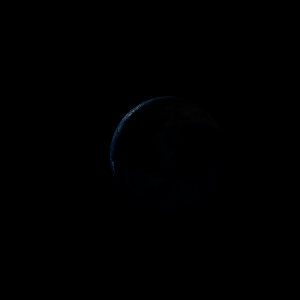|
|
Space Astro
|
Info for exoplanet "Pipogo Mi"
| Scientific (actual) data |
|---|
| Name | TOI-700 b |
| Planet status | Confirmed |
| Planet mass | 0.00406 |
| Radius | 0.08154 |
| Orbital period | 9.97722 |
| Semi major axis | 0.0677 |
| Orbit eccentricity | 0.075 |
| Inclination | 89.6 |
| Discovered | 2020 |
| Updated | 2023-01-12 |
| Omega | 210 |
| Tzero tr | 2458880 |
| Impact parameter | 0.24 |
| Publication | Published in a refereed paper |
| Detection type | Primary Transit |
| Mass measurement type | Theoretical |
| Radius measurement type | Primary Transit |
| Star name | TOI-700 |
| Right ascension | 97.1° |
| Declination | -65.58° |
| Mag v | 13 |
| Star distance | 31.127 |
| Star metallicity | -0.07 |
| Star mass | 0.416 |
| Star radius | 0.42 |
| Star sp type | M2V |
| Star age | 1.5 |
| Star temperature | 3480 |
| Wikipedia article | TOI-700 b |
Back
| |
| Fictional info (?) |
|---|
| Suggested name | Pipogo Mi |
| Planet type | Terrestrial |
| The volume of water ice in the south polar ice cap, if melted, would be sufficient to cover the entire planetary surface to a depth of 19 meters.
Because of its fast rotation, the planet's shape is that of an oblate spheroid (it has a slight but noticeable bulge around the equator). The largest moon, Shinya-i, has a diameter greater than that of the planet Mars. |
| Atmosphere | Methane | 52% |
| Hydrogen | 31% |
| Carbonyl sulfide | 16% |
| Formaldehyde | 0.075% |
| Atmospheric pressure | 80 bar |
 |
| Moon | Shinya-i | Huge round rocky moon |
| Nopudo Shozoi Sa | Large round rocky moon |
| Neshu-ju | Large potato shaped gaseous planetoid |
| Notea Jijo | Large slightly egg-shaped gaseous moon |
| Uchako-nyuhyu'byu | Huge round oceanic asteroid |
| Doreso'nesa | Medium-sized almost round crater-filled moon |
| Popyabo No | Huge irregular ice moon |
| Ryahyo-kibyo | Huge round oceanic comet |
| Byazo'yata Cha | Huge almost round oceanic asteroid |
| Poryaji Ka | Very small potato shaped rocky moon |
| Munukapyo Ya | Huge round gaseous comet |
| Kyoruri | Small round oceanic moon |
| Paryu | Large potato shaped rocky planetoid |
| Shan Pike-gira Te | Large slightly egg-shaped rocky asteroid |
| Bukyanyo | Medium-sized slightly egg-shaped ice asteroid |
| Google search for Pipogo mi |
|
Website by Joachim Michaelis
|
|
|
|